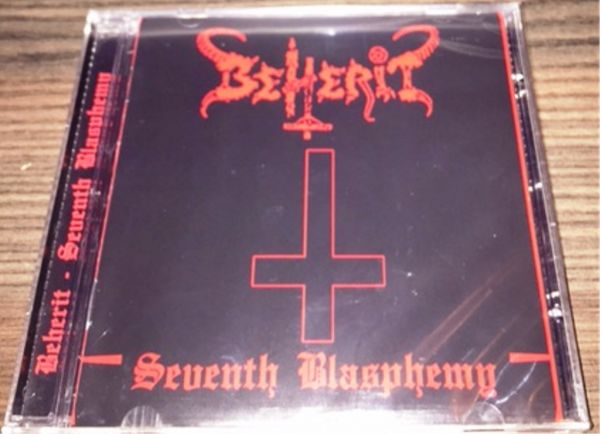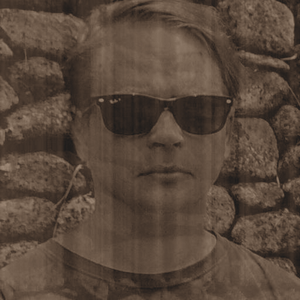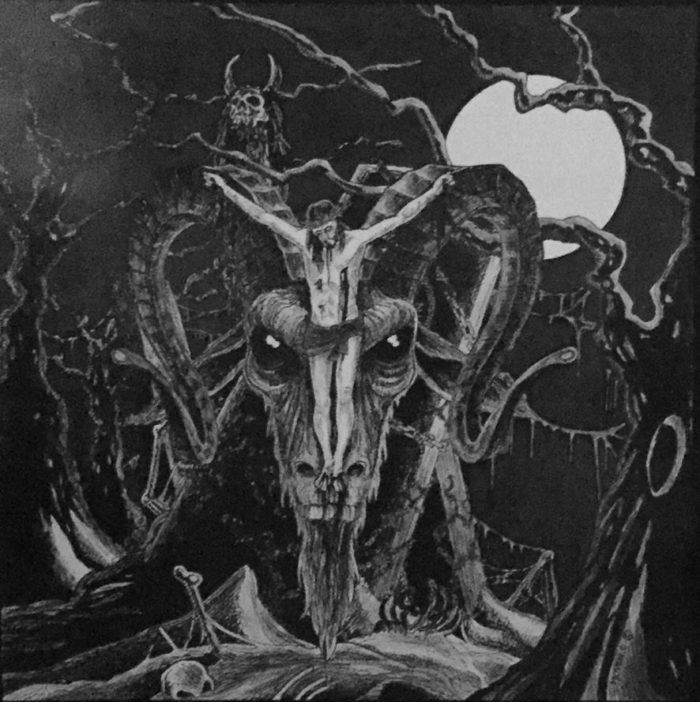As part of its ongoing world tour, Beherit introduces a live set recorded with audio quality in mind for those who want to hear a medley of standouts from this band presented in a compact form.
16 CommentsTags: beherit, Black Metal
As part of its ongoing world tour, Beherit introduces a live set recorded with audio quality in mind for those who want to hear a medley of standouts from this band presented in a compact form.
16 CommentsTags: beherit, Black Metal
Nature is healing. Beherit will be touring North America — New Yawk, Houston, Chitcago, Denver, Portland, probably SF, Los Angeles, and Mexico City — in 2025, delivering to black metal fans the resurgence of ancient spirit and sci-fi futurism that the genre has always proclaimed.
38 CommentsTags: beherit, Black Metal, shows
These antiquated tapes came out of an ancient closet, were remastered on modern equipment, and serve as interest only to Beherit fanatics who want to see how this band grasped for a clue about songwriting during the early days.
1 CommentTags: beherit, Black Metal
Trailblazing Finnish black metal and ambient pioneer Beherit unleashed its latest creation, Bardo Exist, on November 12. Given the complete autophagy of black metal, this redirection of the genre shows it how to continue as itself in spirit while the carcass decays.
26 CommentsTags: Ambient, beherit, Black Metal
Nuclear War Now Productions will re-issue The Oath of the Black Blood by seminal Finnish black metal band Beherit in the fall or winter of 2020.
9 Comments
News submitted to Death Metal Underground by Enda Miller.
Obsessive-compulsive Beherit maniacs should take notice: Beherit’s first demo, Seventh Blasphemy, has finally seen a CD reissue courtesy of Brazilian Ritual Records.
No CommentsTags: beherit, Black Metal, compact disc, demo, Finland, Finnish Black Metal, news, reissue
The English translation of Tero Ikäheimonen’s comprehensive Finnish black metal book, Pirunkehto – Suomalaisen black metallin tarina, is coming out September 15th on Svart Records with the English title The Devil’s Cradle. The book features interviews and career retrospectives of Beherit, Impaled Nazarene, and a bunch of other bands who do not count and have no reason to be in the same book as they suck and play crossover thrash with high-gain guitar pedals and RAC/oi themed pop-punk . These modern black ‘n’ roll bands aren’t even from the same era; they are just poseurs.
31 CommentsTags: archgoat, beer metal, beherit, black 'n roll, Black Metal, book, cosmic church, Finland, Finnish Black Metal, goatmoon, Grindcore, horna, impaled nazarene, metal books, pop punk, poser metal, posers, poseurs, RAC, rac/oi, ride for revenge, satanic warmaster, svart, svart records, tero ikäheimonen, upcoming release

Death Metal Underground staffers Lance Viggiano and Corey M. reviewed Marko Laiho’s new ambient mix he created for Radio Helsinki.
Marko Laiho’s forays into electronic music can be described as anything but explorations of the myth of the machine. Though his aesthetic pallet draws from future invocations – anything we say of the future is always about the present – he blurs the line between the biological and mechanical unlike so much of the greater genre proper. For this mix, created for Radio Helsinki, the bohemian devil troubadour crafts an enveloping near-ambient journey using samples of original work and that of other artists as well. The success or failure of music in this mode is dependent entirely upon pacing over the course of an unbroken set which in this case does not falter. Broken into halves, the latter is more recessed while the former is more pronounced.
16 CommentsTags: Ambient, ambient music, beherit, Finland, Industrial, marko laiho, nuclear holocauto

Finnish label The Sinister Flame is rereleasing the legendary underground Wine of Satan black metal compilation featuring Beherit, Master’s Hammer, and Mortuary Drape! From The Sinister Flame’s Funbook page:
Tags: beherit, Black Metal, compilation, Master's Hammer, mortuary drape, necromantia, reissue, the sinister flame, The Wine of Satan, vinyl
Article by Lance Viggiano.
Burzum and Beherit each represent two summits of black metal’s many perspectives – in particular its looking back to look ahead ethos. The work of Laiho is exploratory and spiritual while the work of Varg is seeking and religious. Each composer followed a similar trajectory of mapping this landscape through metal first, then ambient. Each phase reveals strengths and weakness in each of their aims which results in a somewhat complementary synthesis between two highly individual bodies of work.
12 CommentsTags: Ambient, ambient music, beherit, Black Metal, burzum, composition, musical analysis, mystic, mysticism, mythic, mythic imagination